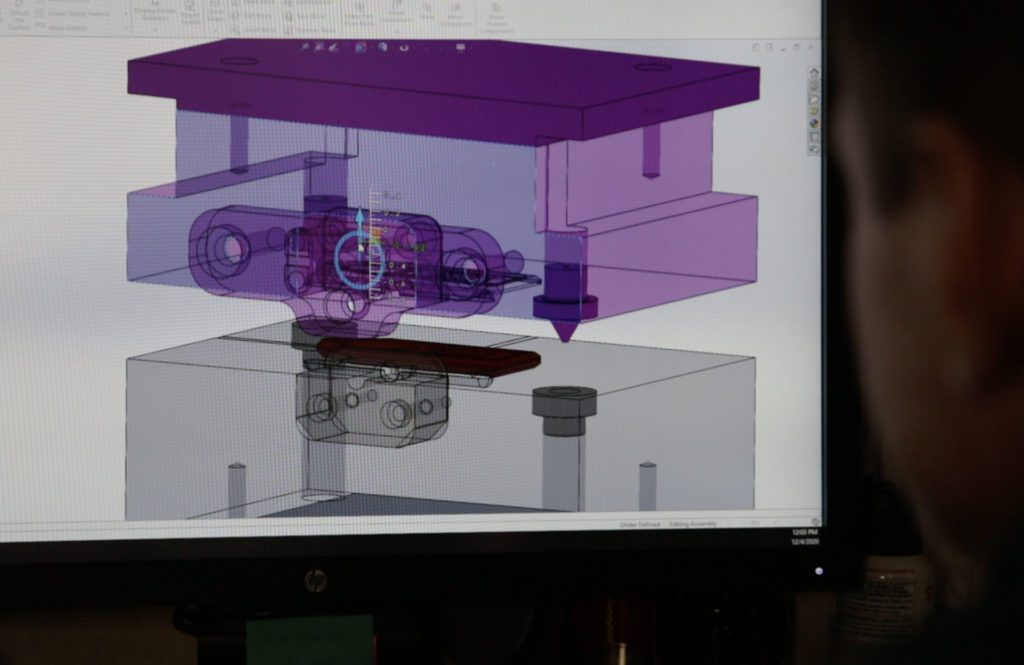Low Pressure Injection molding or LPM is perhaps the most popular molding method in the market. The method uses TECHNOMELT resins to allow low temperature and pressure filling of molds. As a result, LPM allows over-molding of electronic components to shield them from environmental factors.
Compared to other molding methods, LPM is cost-effective, environment-friendly, and aesthetically pleasing. That said, let’s look at the various requirements and guidelines for low pressure injection molding.
Which Items Qualify for LPM?
LPM was first used in the automotive industry. But today, the use of the molding process extends to several sectors, including military, medical and consumer products. LPM helps to shield electronic assemblies from several factors, including:
- Moisture
- UV exposure
- High temperatures
- Chemical exposure
Items that benefit from low-pressure molding include:
- Wire harness
- Microswitches and sensors
- Wire connectors and splicing
- Lighting Components
- HVAC
- Automotive sensors
- Moisture Sensor
- Motor control boards
- USB drive thumbs
- PCB encapsulation
- Batteries packs
- Connectors and Power Cable Overmolding
Factors to Keep in Mind When Considering Low-Pressure Molding Process
Type of item to be molded
Low-pressure molding is ideal for protecting electronic components from hazardous environments. However, it’s important to first create a prototype before applying the procedure to all your products. This way, you can see if the molding affects the effectiveness of your product. For example, if you want to over-mold a battery, you first need a prototype over-mold. If the prototype is working effectively, you can start full-scale battery production.
Type of Molding Material
Technomelt is arguably the best material for low-pressure injection molding. Once the material cools, it solidifies. Also, it’s free from toxins that can damage the environment. The resulting over-mold is strong and can withstand several environmental elements. But keep in mind, Technomelt material comes in different grade levels.
Mounting Features
LPM over-molds don’t fare well as mounting or mechanical locking features. That’s because the molding material of Technomelt resin is soft and can’t handle frequent compression and abrasion. Because of this, you might have to integrate a plastic or metallic compression limiter for your product.
The Do’s and Don’ts When Considering Low-Pressure Molding Solutions
Handle The Technomelt Materials with Care
Technomelt materials should be stored properly before use and after use. If the bag carrying the material gets left open, Technomelt will absorb moisture. Moisture alters the quality of the over-mold by reducing molecular weight, adhesion, and strength.
Don’t Fill The Mold Cavity Slowly
During the LPM process, you must fill the mold cavity as quickly as possible to minimize cooling and increase viscosity. Therefore, enhancing the adhesion of resin.
Only Pack the Mold at 100 psi
It’s crucial to keep the packing pressure at 100 psi to avoid damaging sensitive components. Correct packing means that the product will adopt the shape of the mold and have a matte texture. Insufficient packing results in poor replication of the mold surface and a shiny appearance.
Conclusion
Low-pressure molding is a fast and cost-effective method of over-molding several electronic products. The resulting over-mold is often strong and resistant to moisture intrusion and high temperatures. Furthermore, the technique allows for customization of the product design.
We hope our article has given you a basic idea of the requirements and guidelines for LPM injection. If you need low-pressure injection molding services, consider visiting us today!
